On Being Misunderstood is a feature at The Metropolitan Field Guide which will look at the variety of flora and fauna we live with which are too commonly misunderstood. From plants to wildlife, many of our daily interactions with these species are often negative or confused. Many of these reactions are based on misinformation. This new feature seeks to combat these misconceptions by bringing in guest writers to explain some of these species to us so we all have a better understanding and to set the record straight.
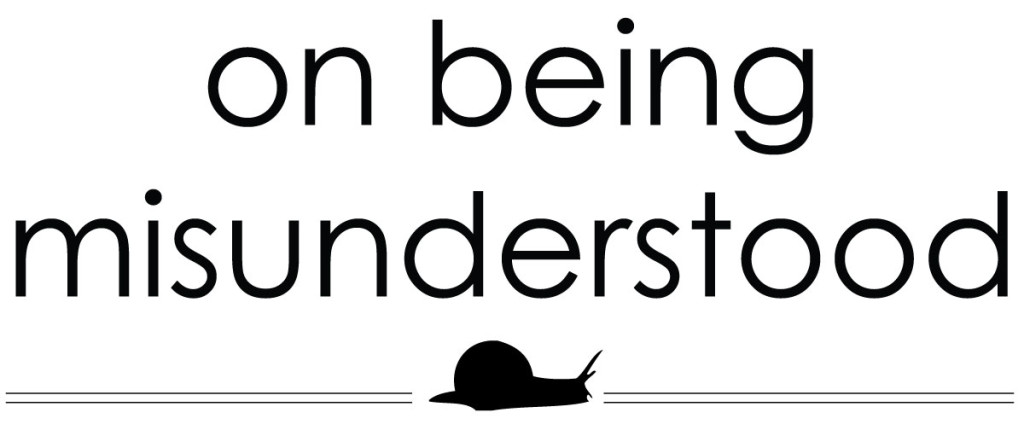
Gulls
When most of people see a large bird with gray wings, a white head and yellow bill, they identify it as a “seagull.” A noisy denizen of beaches, landfills and fast food parking lots that survives on trash and unwanted French fries. A coastal version of the city pigeon. Part of a mindless flock that fights over everything, all the while squawking “Mine! Mine!” Favorite pastime: pooping on cars, especially those freshly-washed.
In reality, there is no such thing as a seagull. The name is just a catchall for the more than 50 species of gulls found throughout the world, some of which spend much of their time away from the ocean. The diversity within the gulls is amazing, and once you start to identify the different species you’ll appreciate their physical and life history differences.
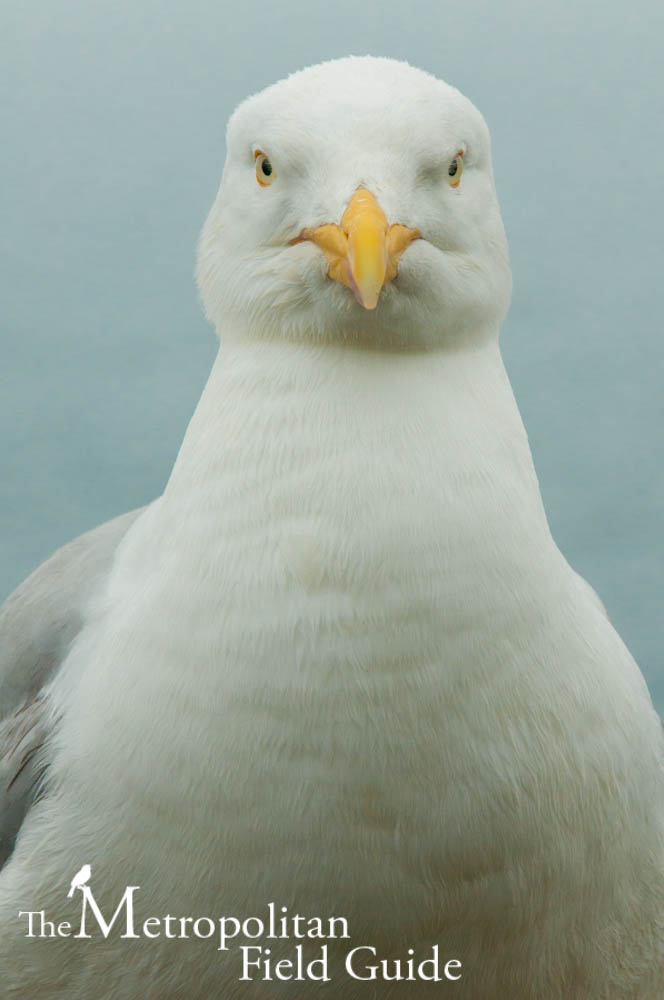 Gulls can be found in the PNW throughout the year, much to the delight of larophiles. Some spend their whole lives along the coast, but many species nest elsewhere and spend the winter here. A few arrive in the summer after nesting in places like Mexico and the Great Basin. Like humans, gulls have developed a myriad of ways to make a living. Some catch fish, some hunt mammals, some scavenge. California Gulls swallow brine flies by the thousands in salty inland lakes. Heermann’s Gulls snatch the fish that slip out of Brown Pelican’s pouches.
Gulls can be found in the PNW throughout the year, much to the delight of larophiles. Some spend their whole lives along the coast, but many species nest elsewhere and spend the winter here. A few arrive in the summer after nesting in places like Mexico and the Great Basin. Like humans, gulls have developed a myriad of ways to make a living. Some catch fish, some hunt mammals, some scavenge. California Gulls swallow brine flies by the thousands in salty inland lakes. Heermann’s Gulls snatch the fish that slip out of Brown Pelican’s pouches.
Gulls can present identification headaches to birders. Their appearance changes with season and with age and some don’t develop adult plumage until they are three years old. Also, they hybridize. To deal with these challenges, we suggest starting with identification of gulls in their adult plumage, which will be well illustrated in your field guide. Once you’re confident with the adults, you can move on to the younger ones. When you’re ready for a challenge, you can try your hand at determining the parentage of hybrid gulls. Gull ID may seem daunting, but if you can learn the players on your favorite sports team or the names of flowers, you can do this.
Remember, there is no right or wrong way to enjoy gulls. When birding, you can identify a few of them, all of them, or none of them. We only hope that you won’t ignore them the next time you see some at the beach, a city park, or your favorite restaurant’s parking lot. And unless you have a spare fish, don’t feed them – stale bread isn’t good fuel for anybody.
About the Authors
Sarah Swanson and Max Smith met studying birds in graduate school and have been birding together for ten years. Max studies the ecology of southwestern riparian forests for the US Forest Service. Sarah has a background in environmental education, and worked at the Audubon Society of Portland. They live in SW Portland with their dog, Andie. Their recently published book, Must-see Birds of the Pacific Northwest (Timber Press) is the product of two years of birding, road trips and good beer.
Check out their Must-see Bird blog and follow them on Facebook and Twitter.
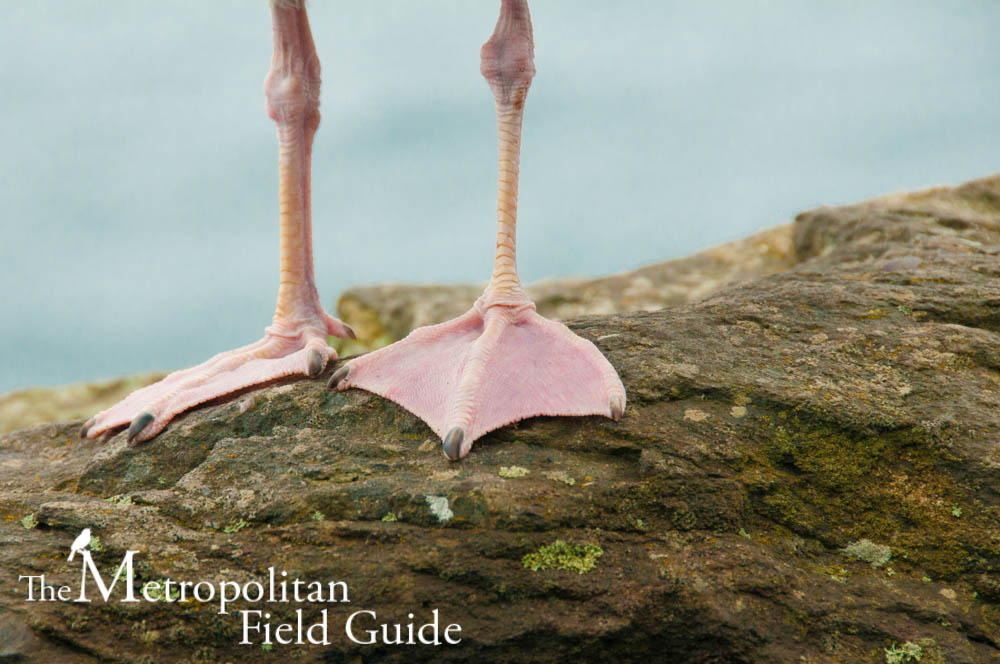

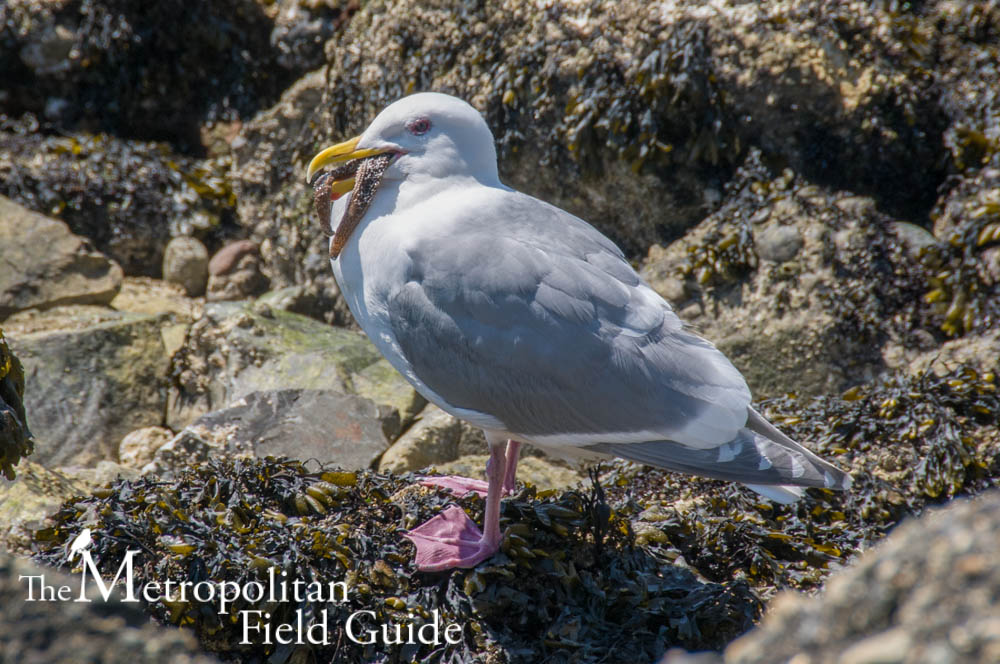

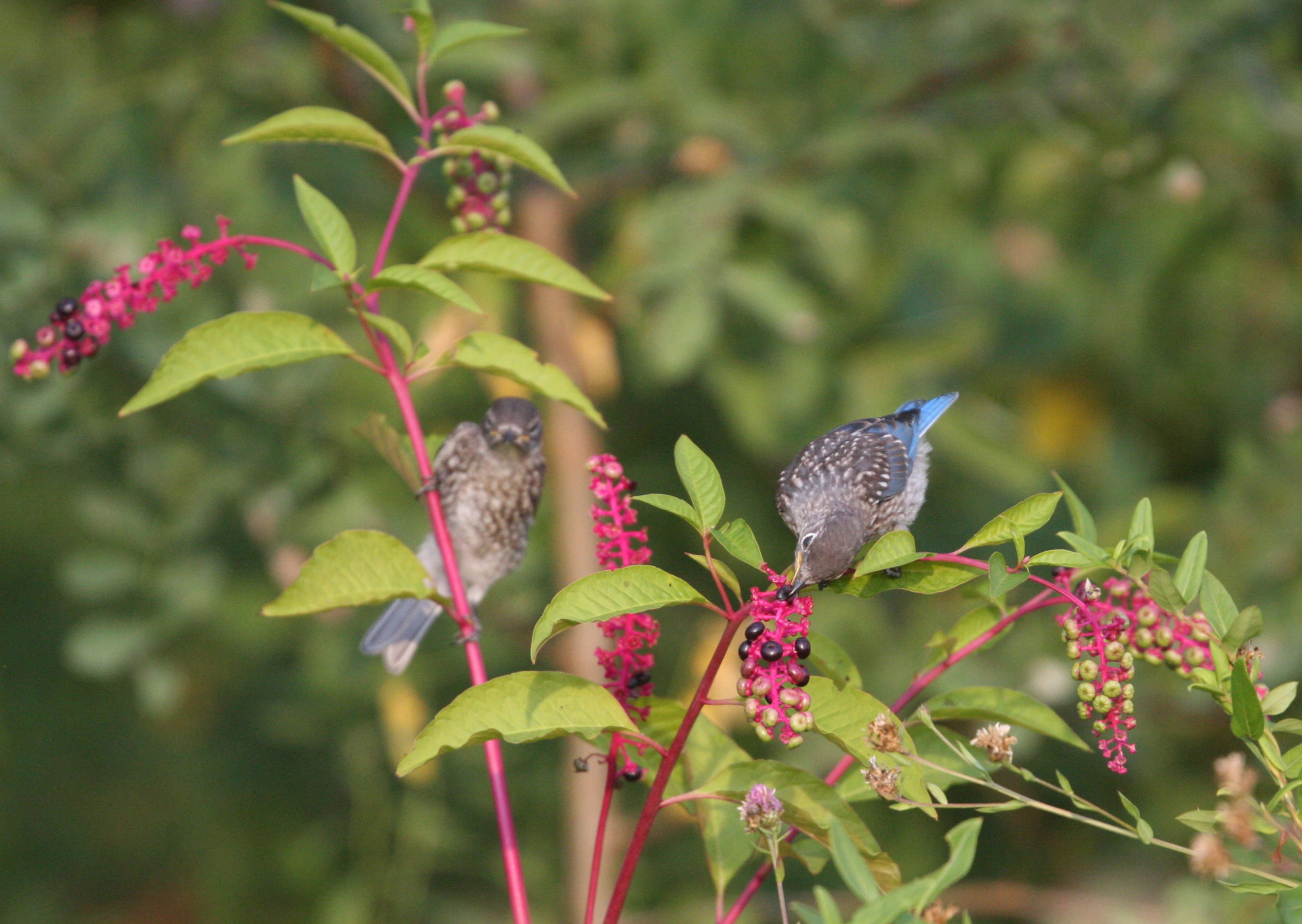

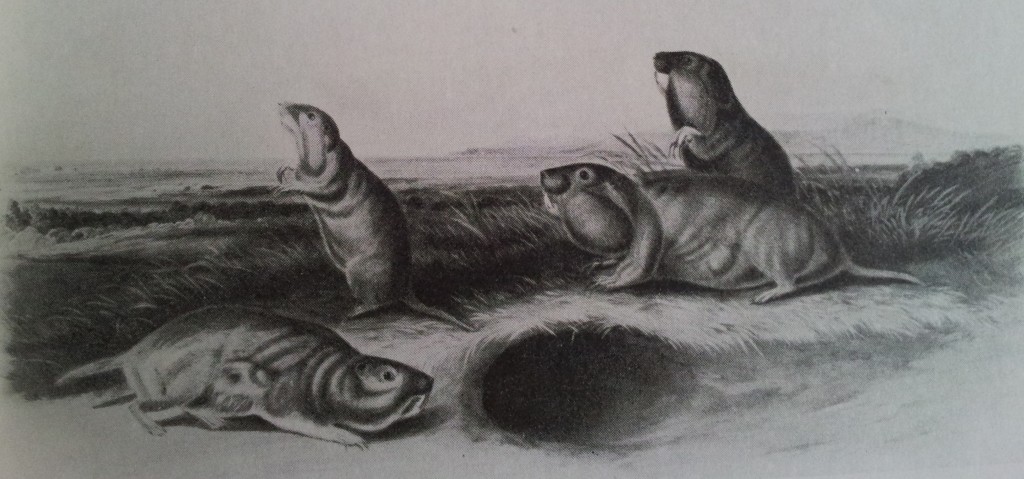

This post is brilliant! We watched Nemo many times this summer so “Mine! Mine!” was a comment chant in our home. We had a memorably bad experience with a lunch snatching gull this summer too. Glad to learn about the diversity and food ways of this bird group.